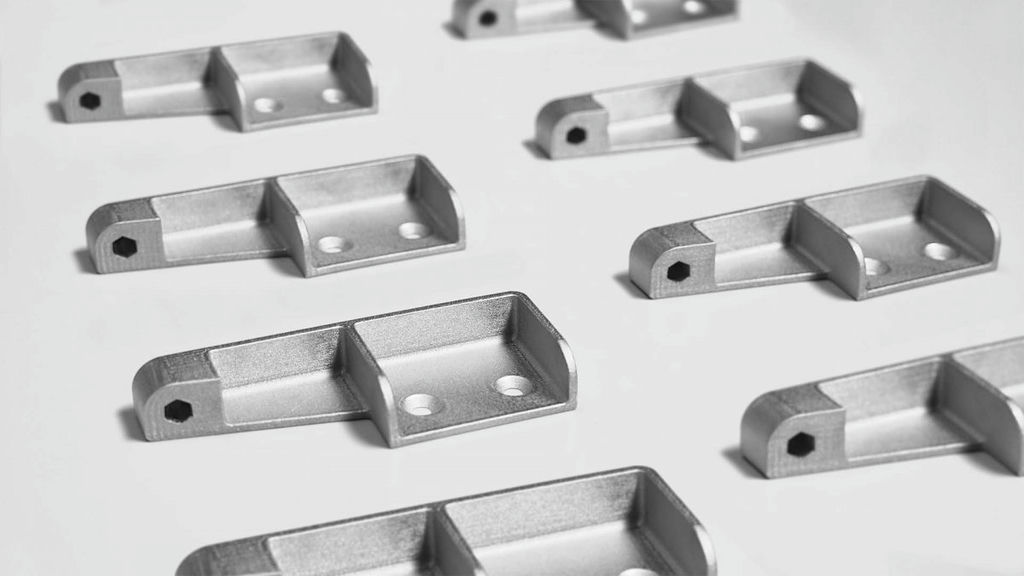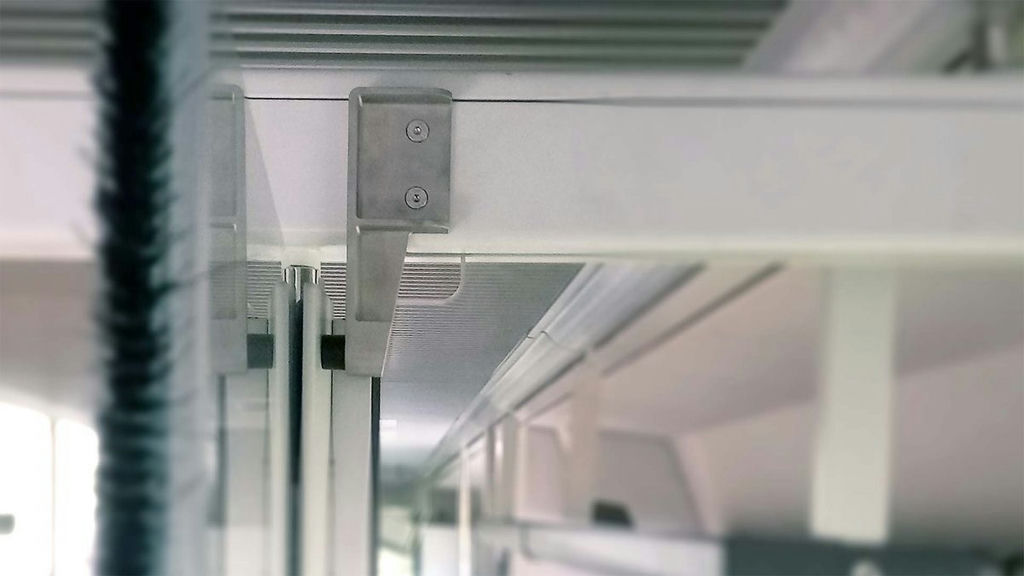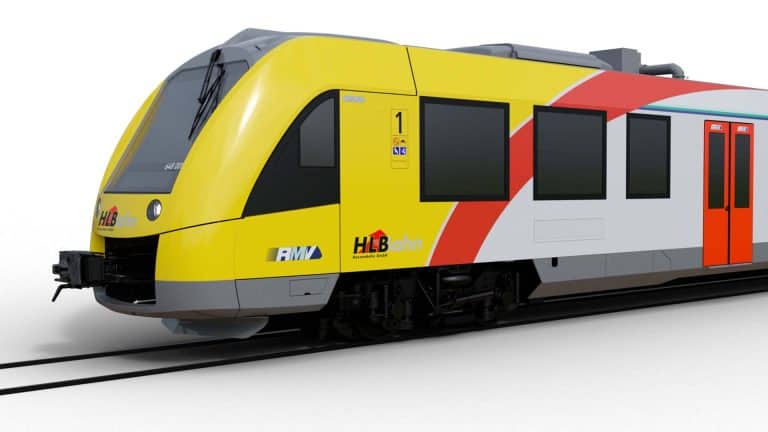Alstom has announced the adoption of Replique on-demand 3D printing platform to implement serial production and reduce complexity within the supply chain.
By digitising its supply chain, the smart mobility company should be able to produce small batches on demand and decentrally. Alstom said that Replique will help reduce complexities and allow the production of customised industrial-grade serial parts faster and more cost competitive.
“Additive manufacturing is now a key part of our supply chain,” said Alstom 3D printing hub manager Ben Boese.
“With Replique, we benefit from 3D printing and materials expertise, as well as a decentralised manufacturing network covering all relevant locations and technologies. Their end-to-end services enable us to respond faster and more cost-effectively to different customer requirements.” Alstom said that in train manufacturing small batch sizes would usally lead to high manufacturing costs due to the production of moulds and other tools, and that 3D printing can solve this challenge by eliminating fixed costs as parts can be produced economically even in small quantities.
Alstom has already used 3D printing for the production of spare parts, and with the aid of Replique can now aim to fulfil specific customer needs using additive serial production. Since it operates worldwide and each train component has different requirements, Alstom was after a scalable solution for decentral manufacturing in industrial-grade quality. “The additive manufacturing market is still very fragmented, which makes it impossible for end-users to find an optimal solution for each part,” said Boese.
“With Replique, we benefit from all major additive manufacturing technologies and materials from a single source. In addition, we receive optimal technological preparation.”

Replique AM platform was employed to meet a specific customer request: Alstom needed several door stoppers for a partition door that will divide the passenger compartment of a diesel multiple units train into a first and second class.
As Alstom said, the small number of such components is usually an obstacle to initial production, and it typically comes to project delays as a result of long delivery times.
Therefore, Alstom chose additive manufacturing and Replique was able to qualify and deliver the door stopper for serial production within 1.5 months.
During this process, Alstom said, the door stopper went through the protocols of initial sample testing and assembly and received the final approval for series production.

“We were able to produce the door stopper in a cost-neutral manner compared to conventional methods. Within the near future, we plan to further exploit the technology’s potential by creating topology-optimized designs of new parts, or even make them lighter by using reduced infill,” explained Boese.
The door stopper not only had to fulfil its function over the entire service life of the train but also meet high aesthetic standards as it is a visible part inside the train compartment, explained Alstom.
The choice of material was, therefore, crucial and Alstom selected stainless steel, which met these requirements.
The door stopper also had to be manufactured cost-efficiently and thanks to FDM 3D printing with Ultrafuse 316L from Forward AM, a brand of Replique’s material partner BASF 3D Printing Solutions, followed by debinding and sintering, Replique was able to reduce costs compared to other additive manufacturing processes, said Alstom.
“Alstom has already shown in the past how 3D printing can be integrated in a lean and cost-efficient way,” said Replique CEO Dr Max Siebert.
“They are pioneers in additive manufacturing, and we look forward to supporting them on their journey to simplify and fully digitize their supply chain for all printable series and spare parts.”
Subscribe to AM Chronicle Newsletter to stay connected: https://bit.ly/3fBZ1mP
Follow us on LinkedIn: https://bit.ly/3IjhrFq
Visit for more interesting content on additive manufacturing: https://amchronicle.com/


